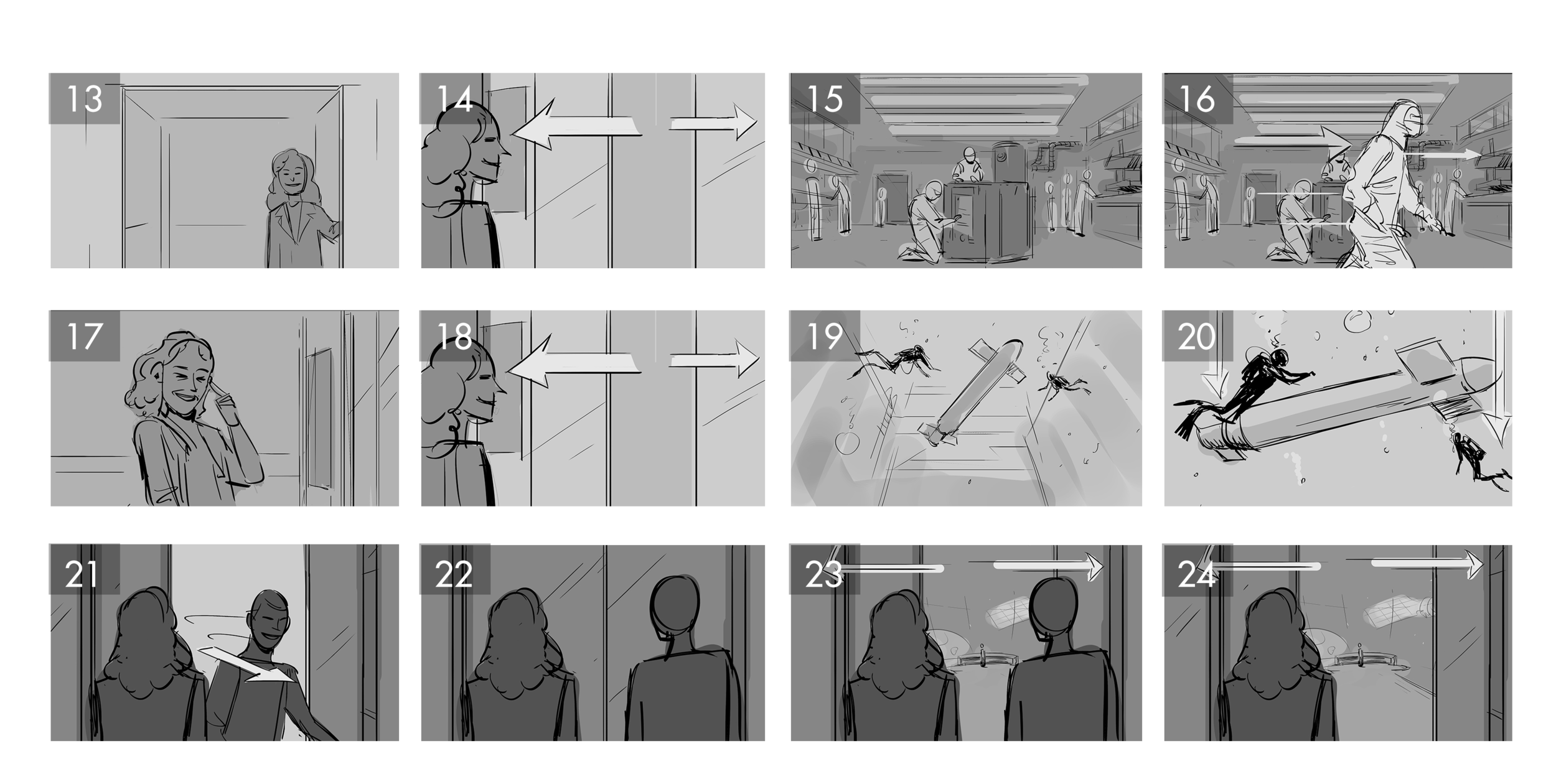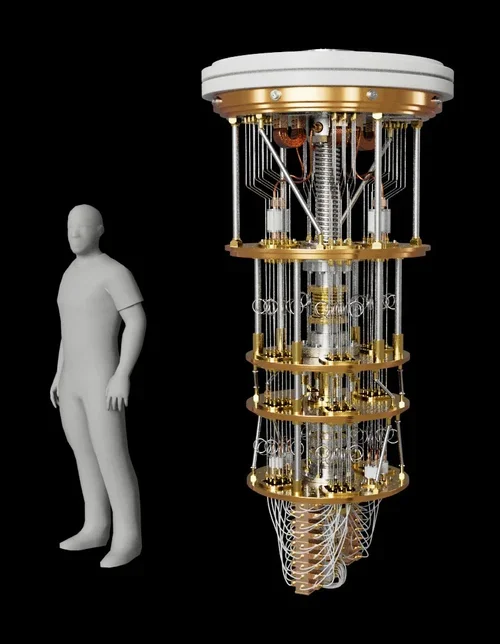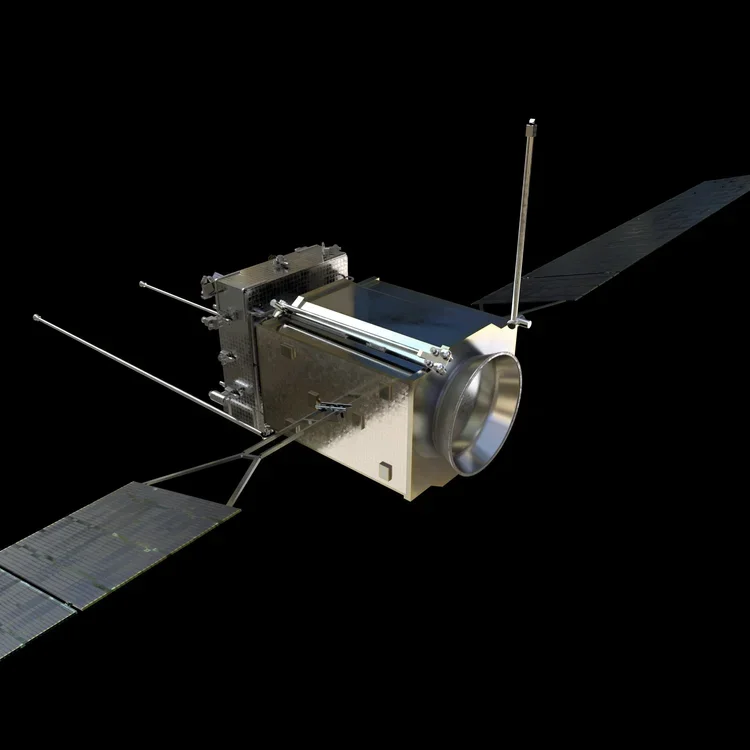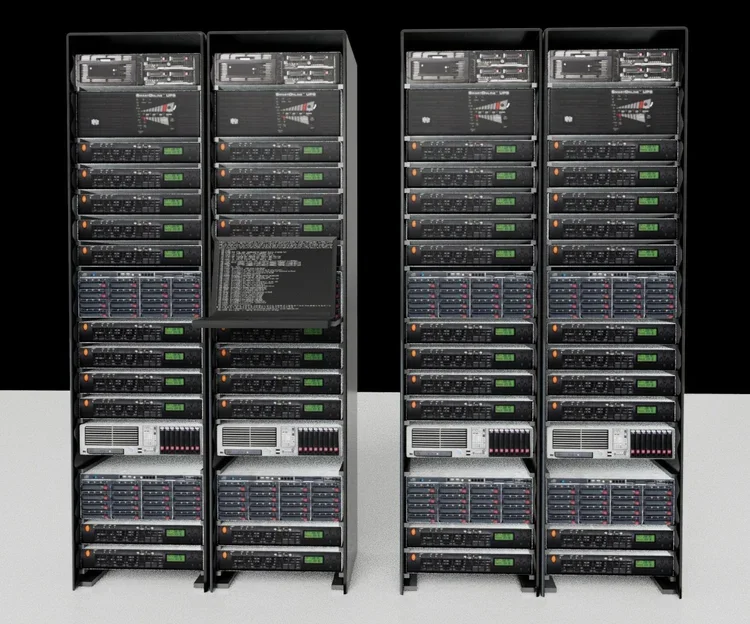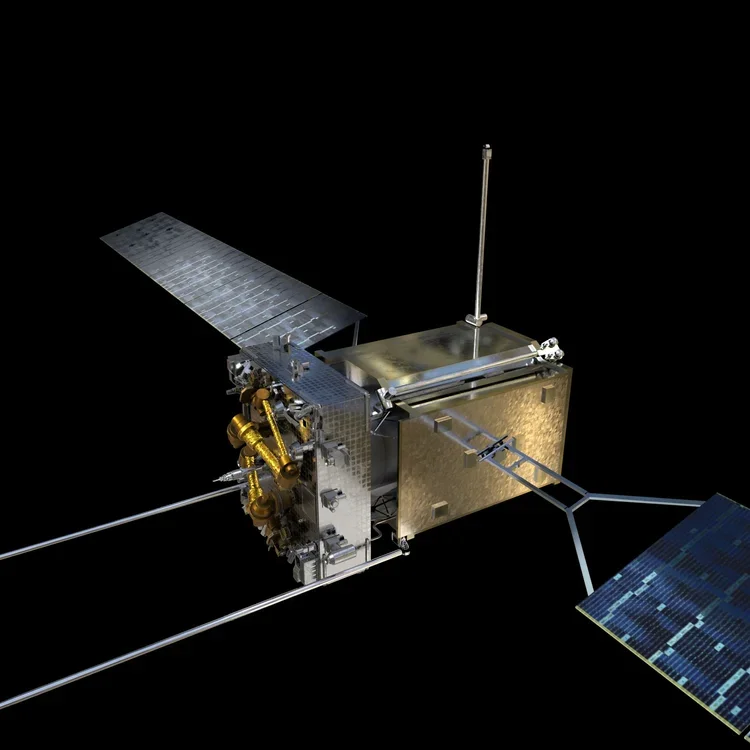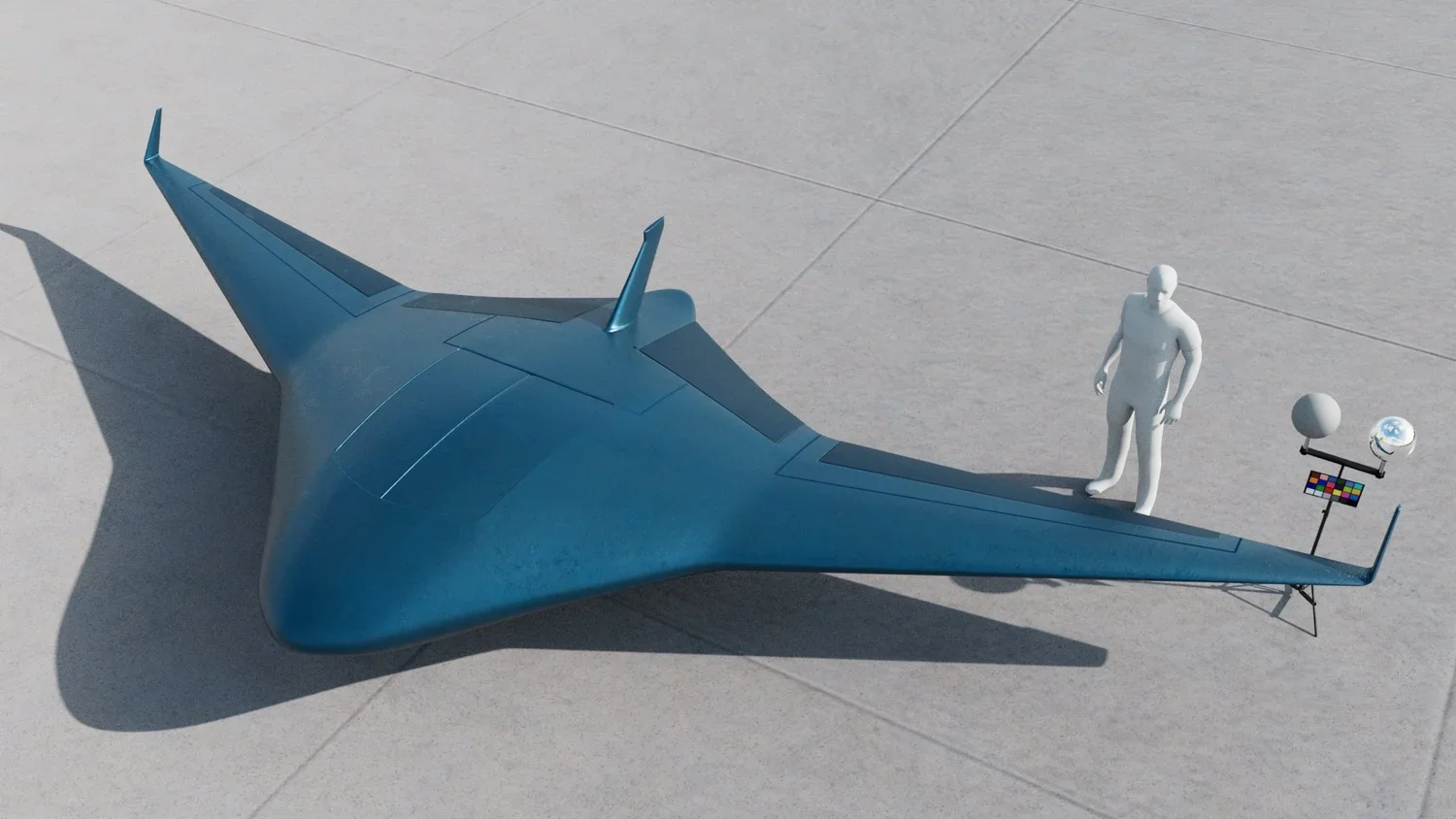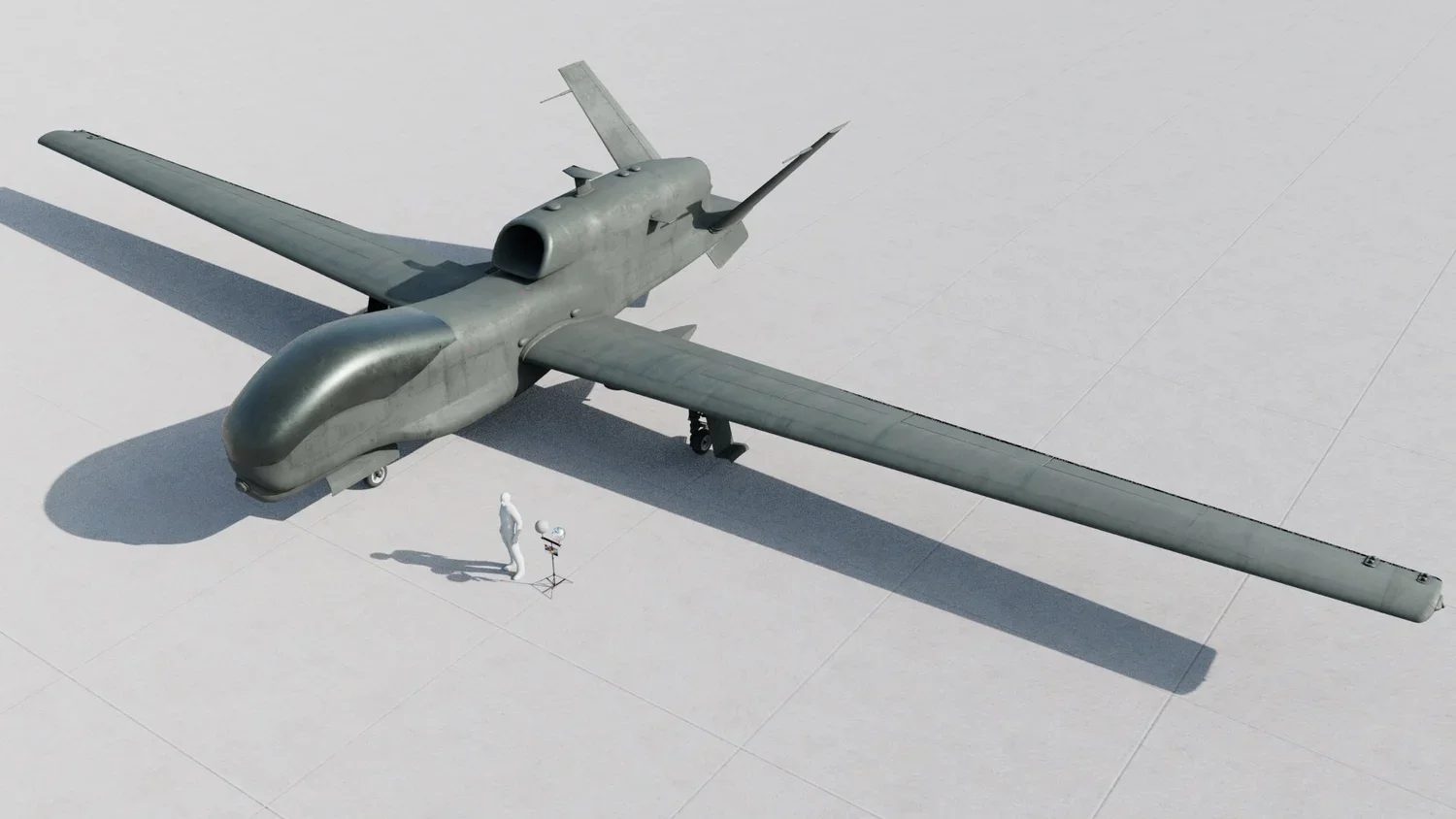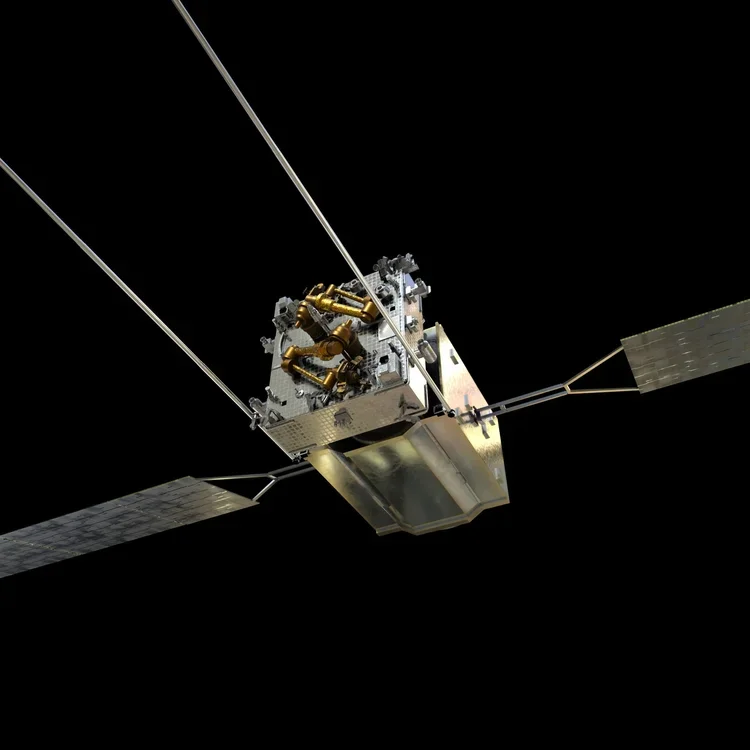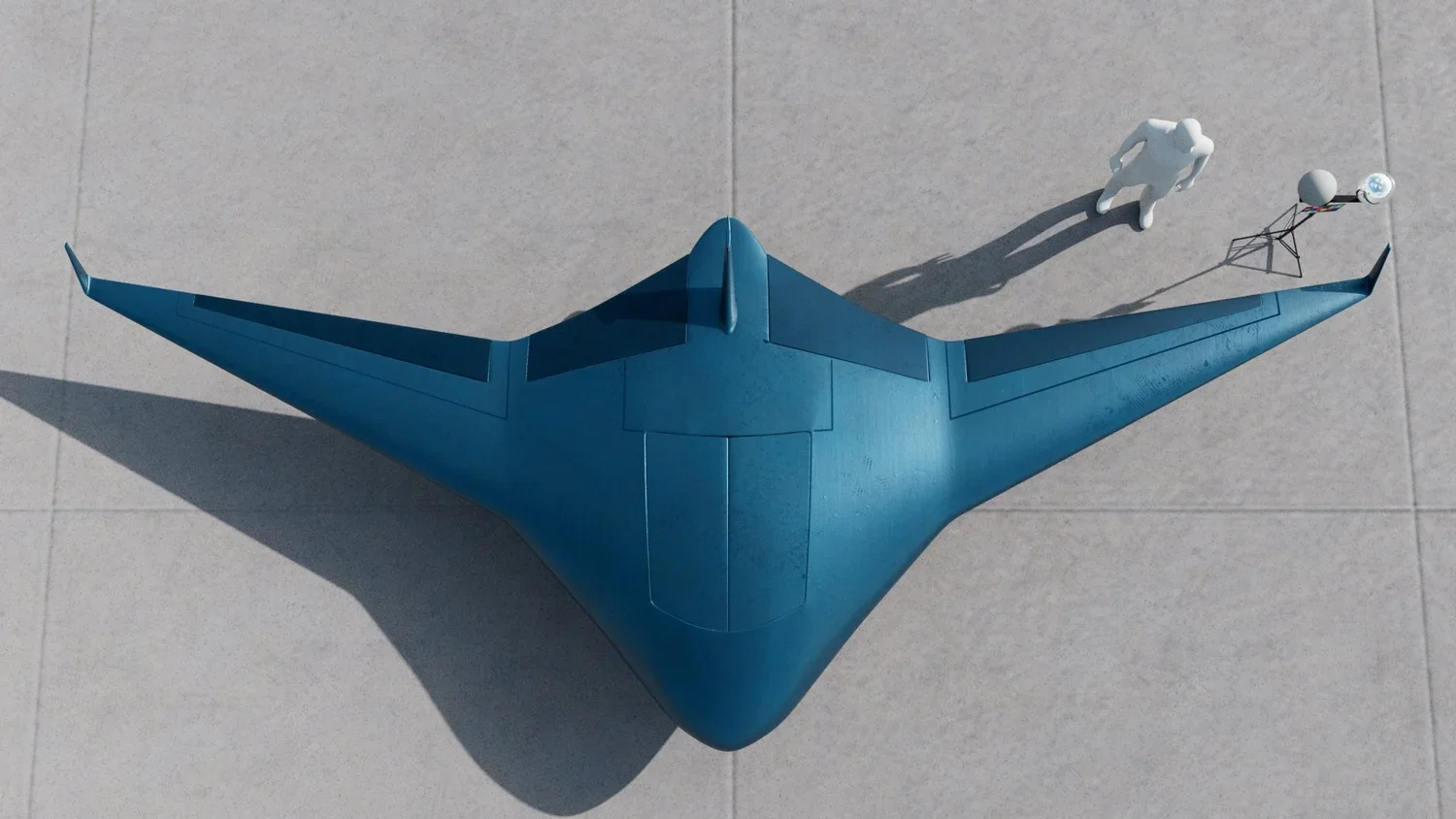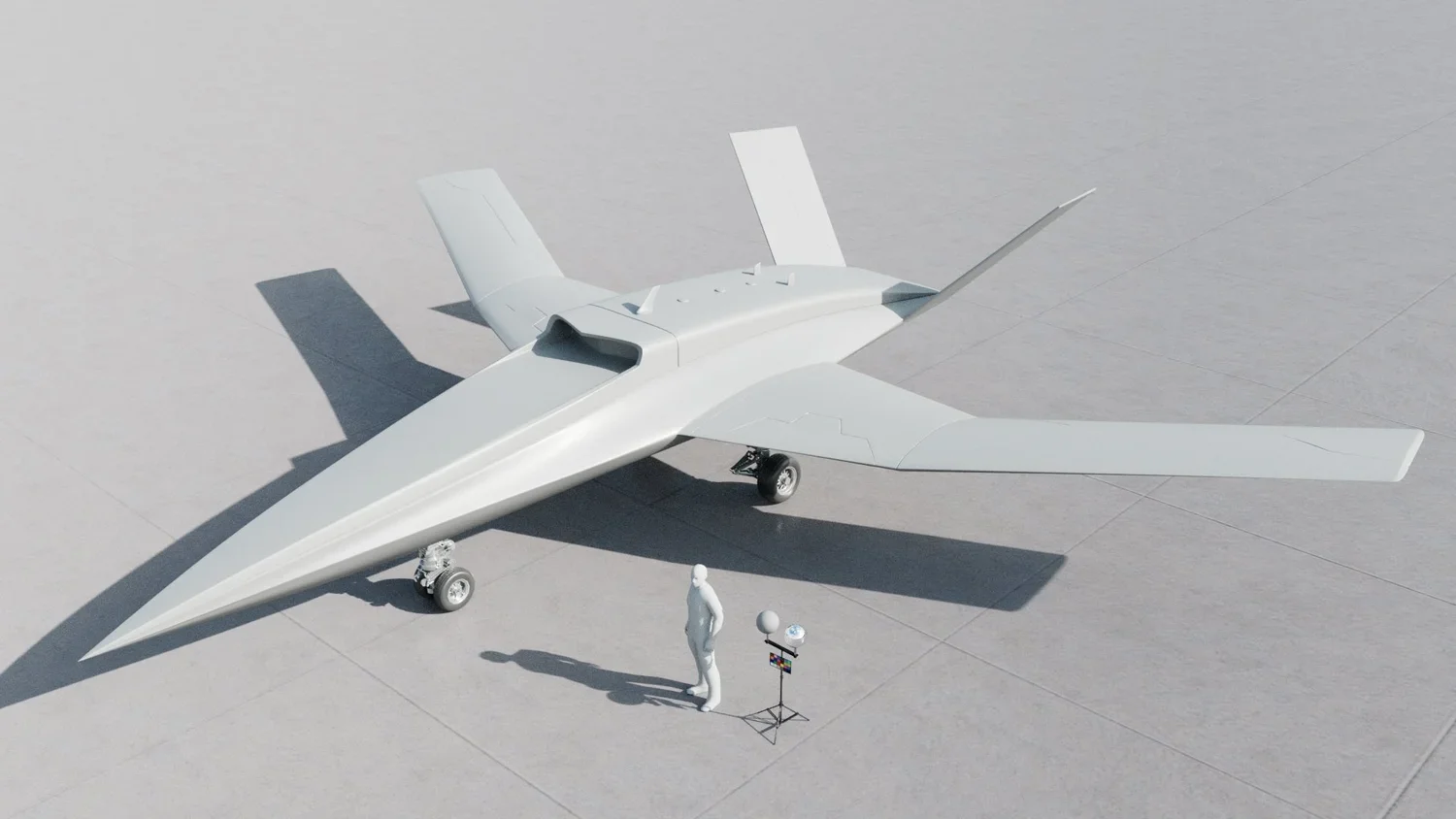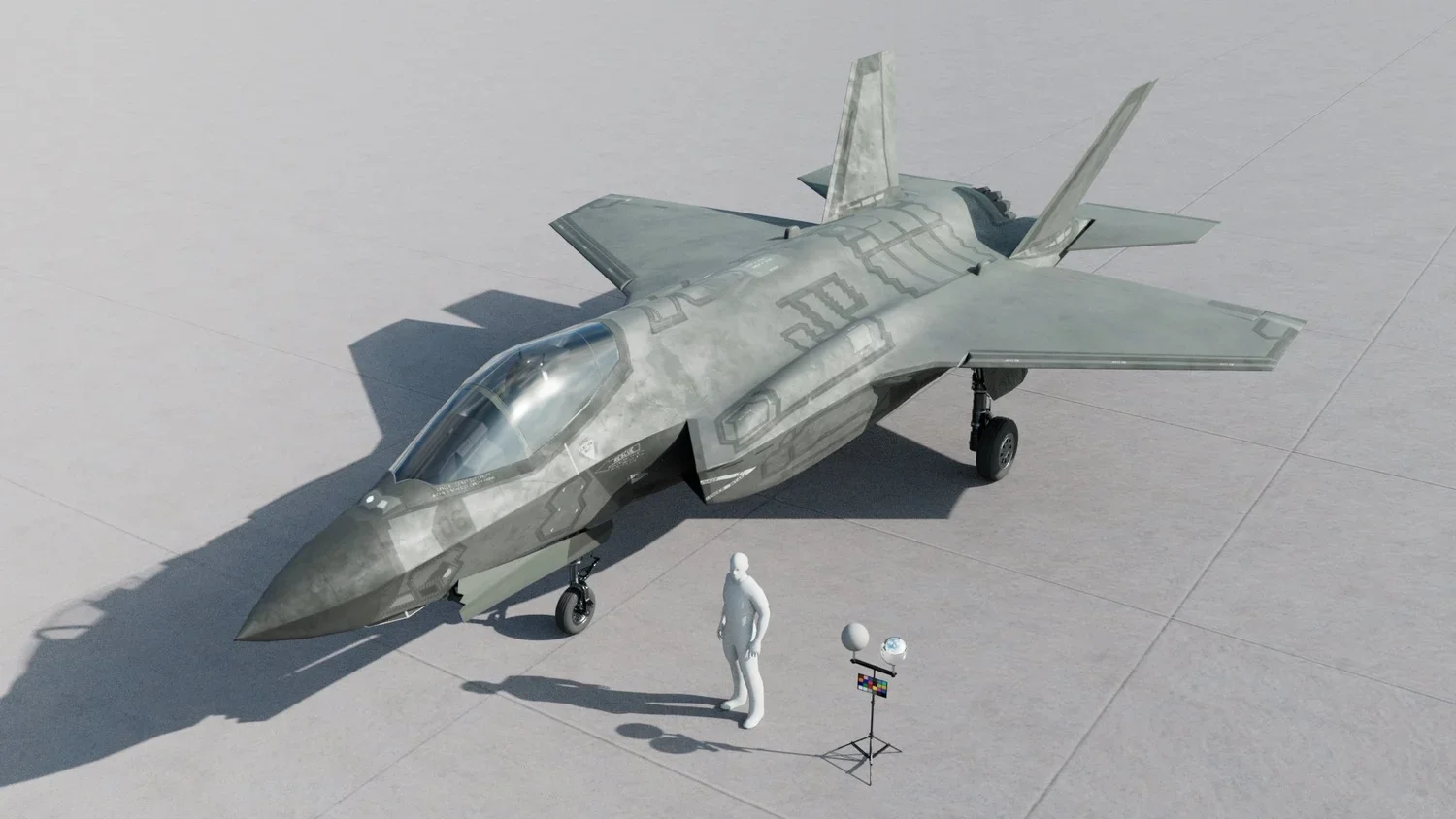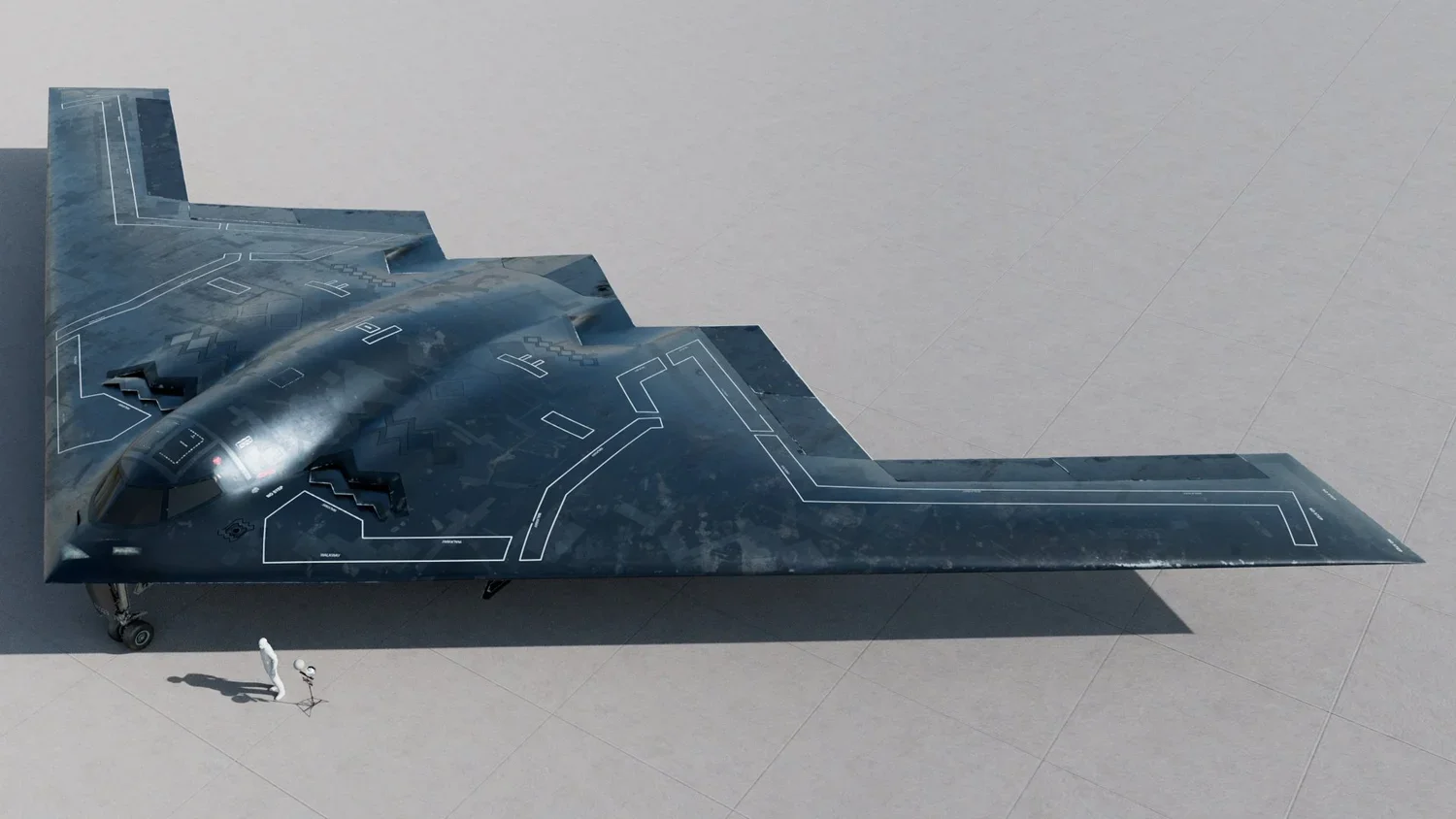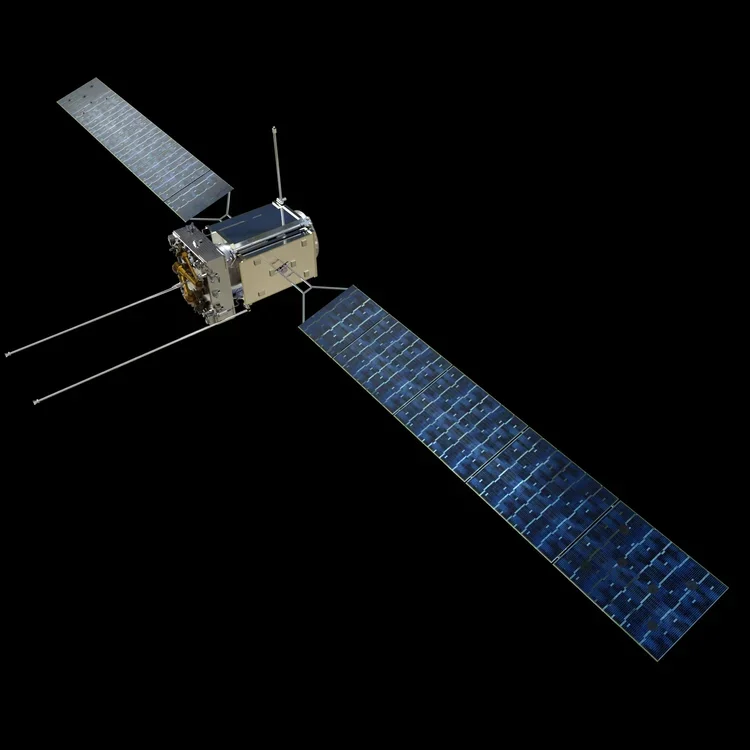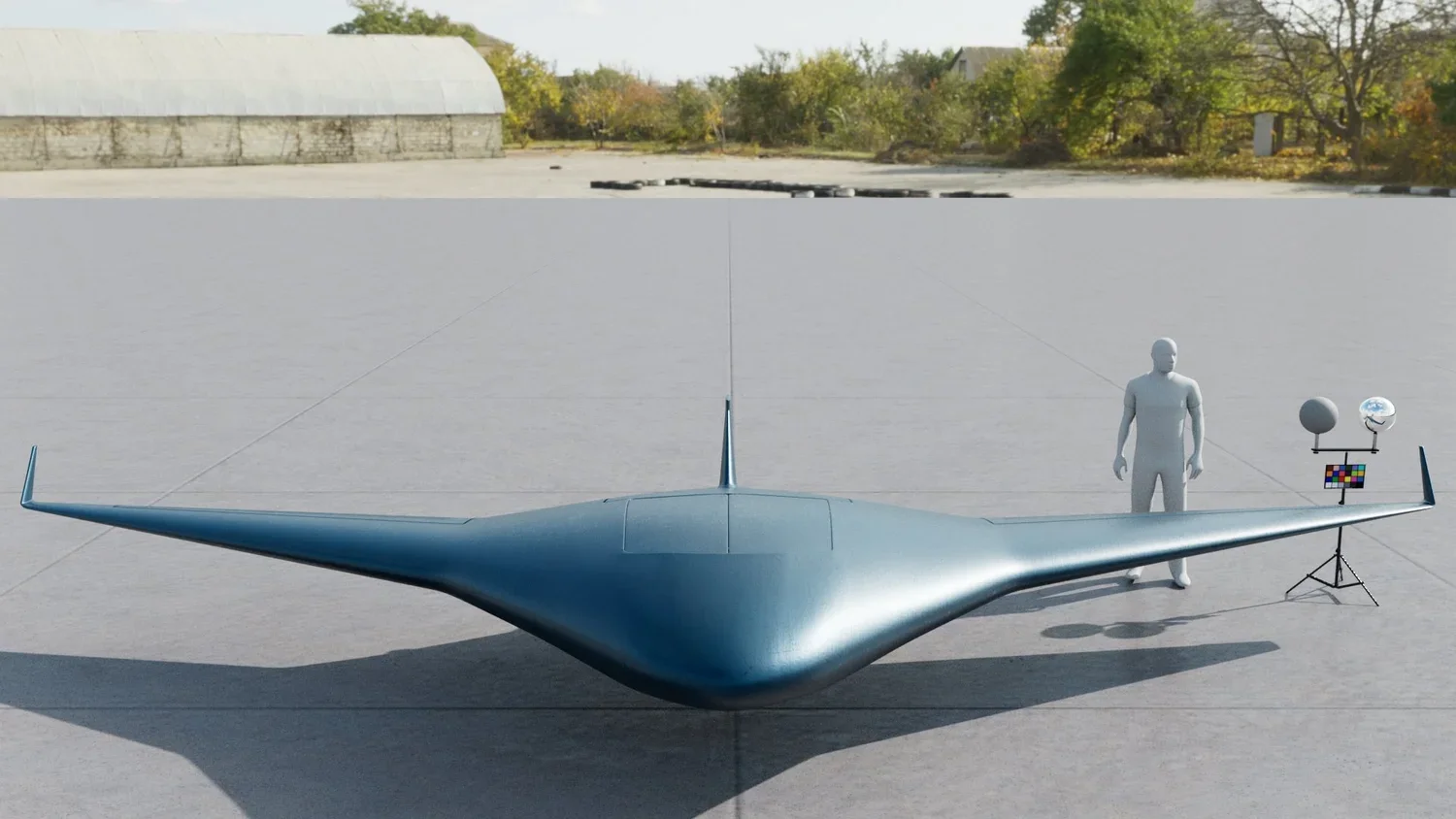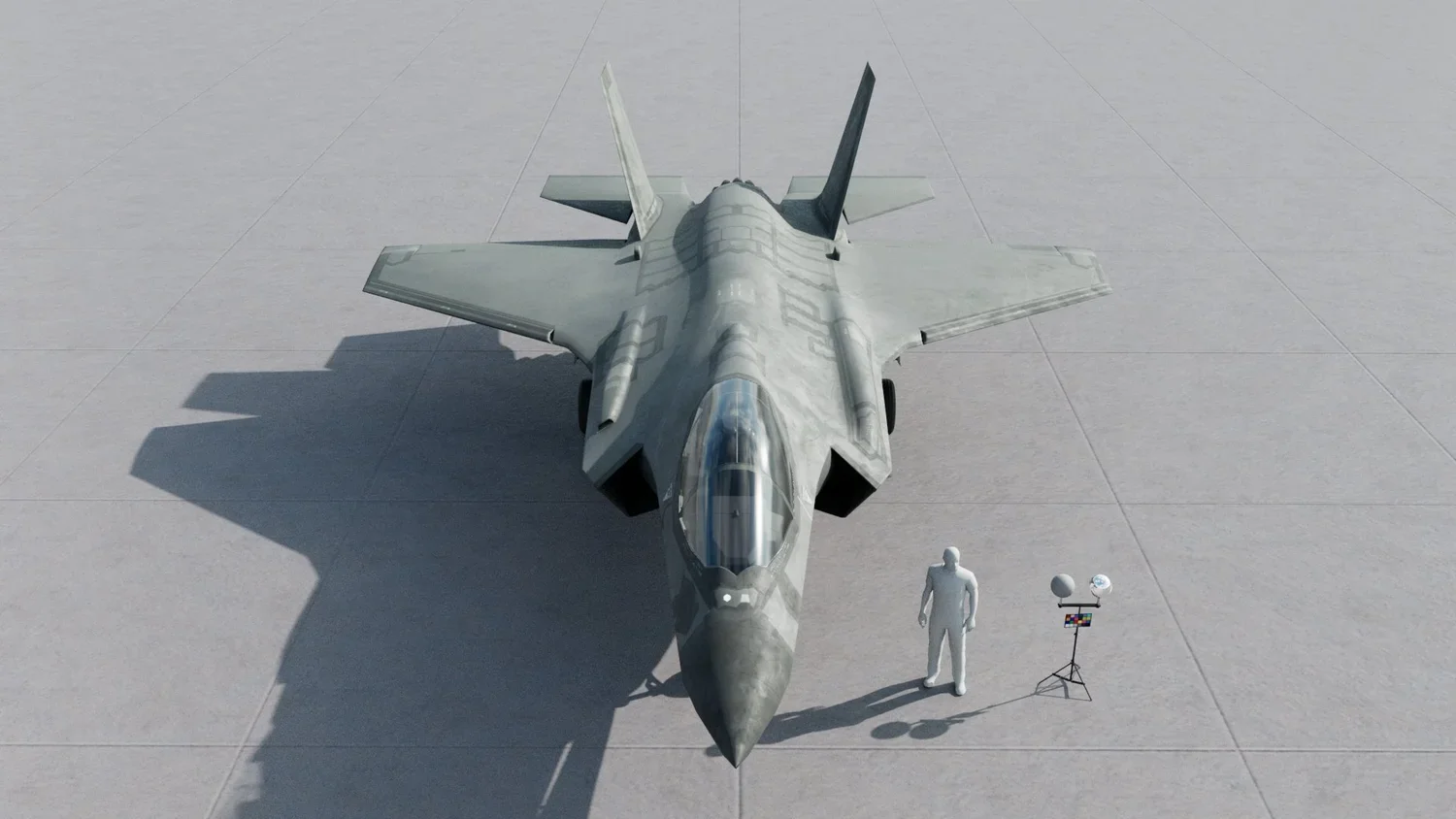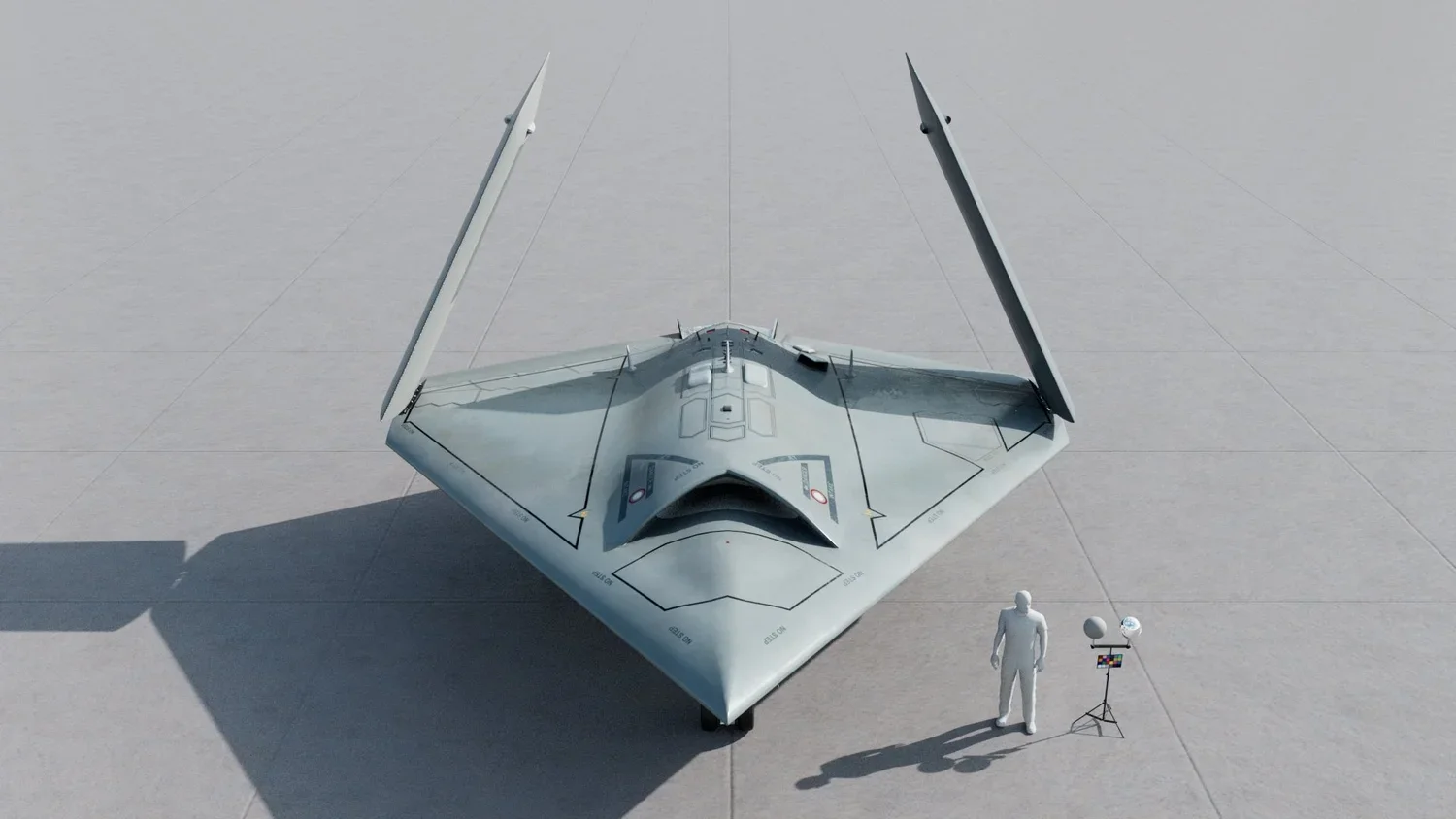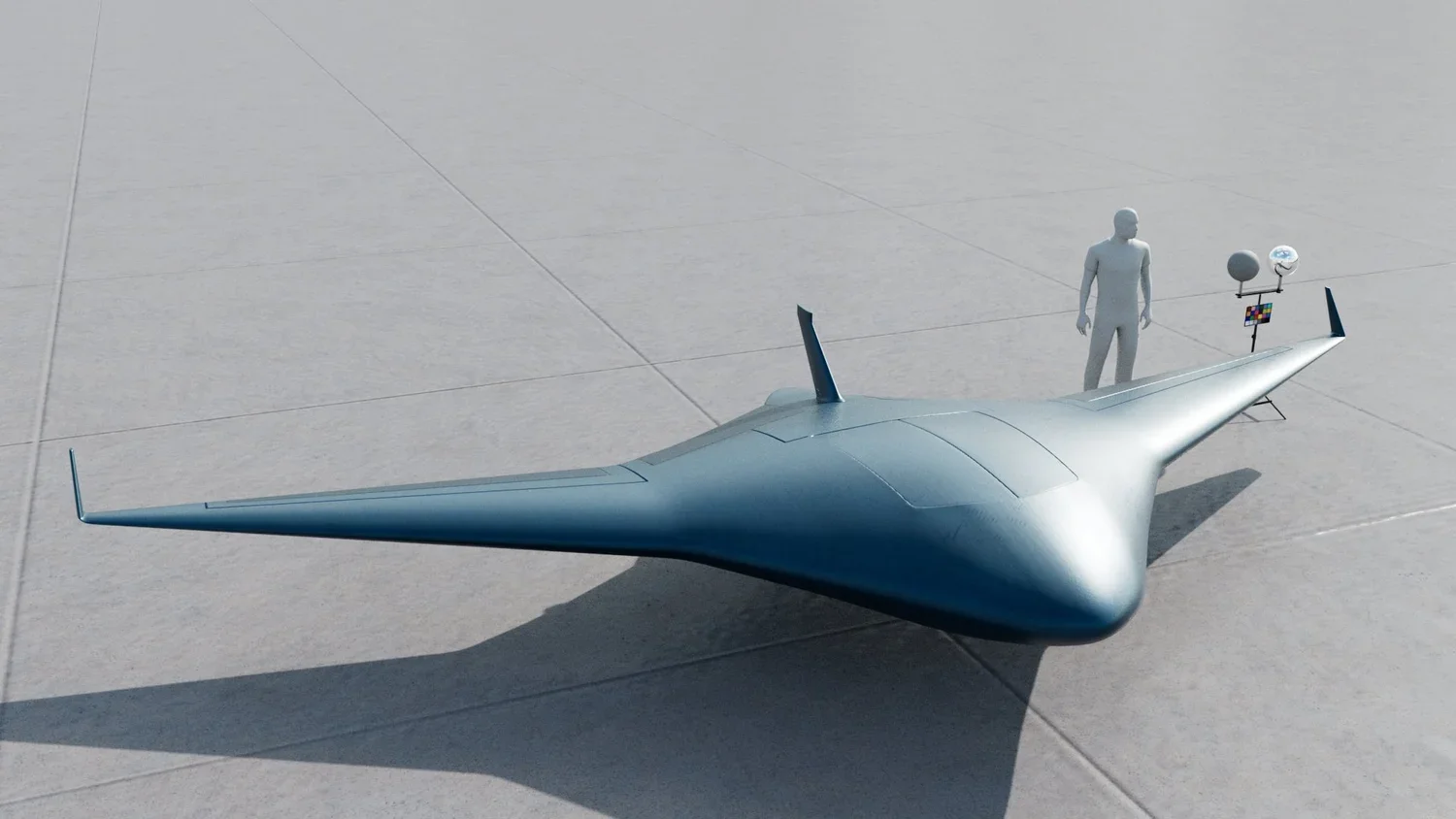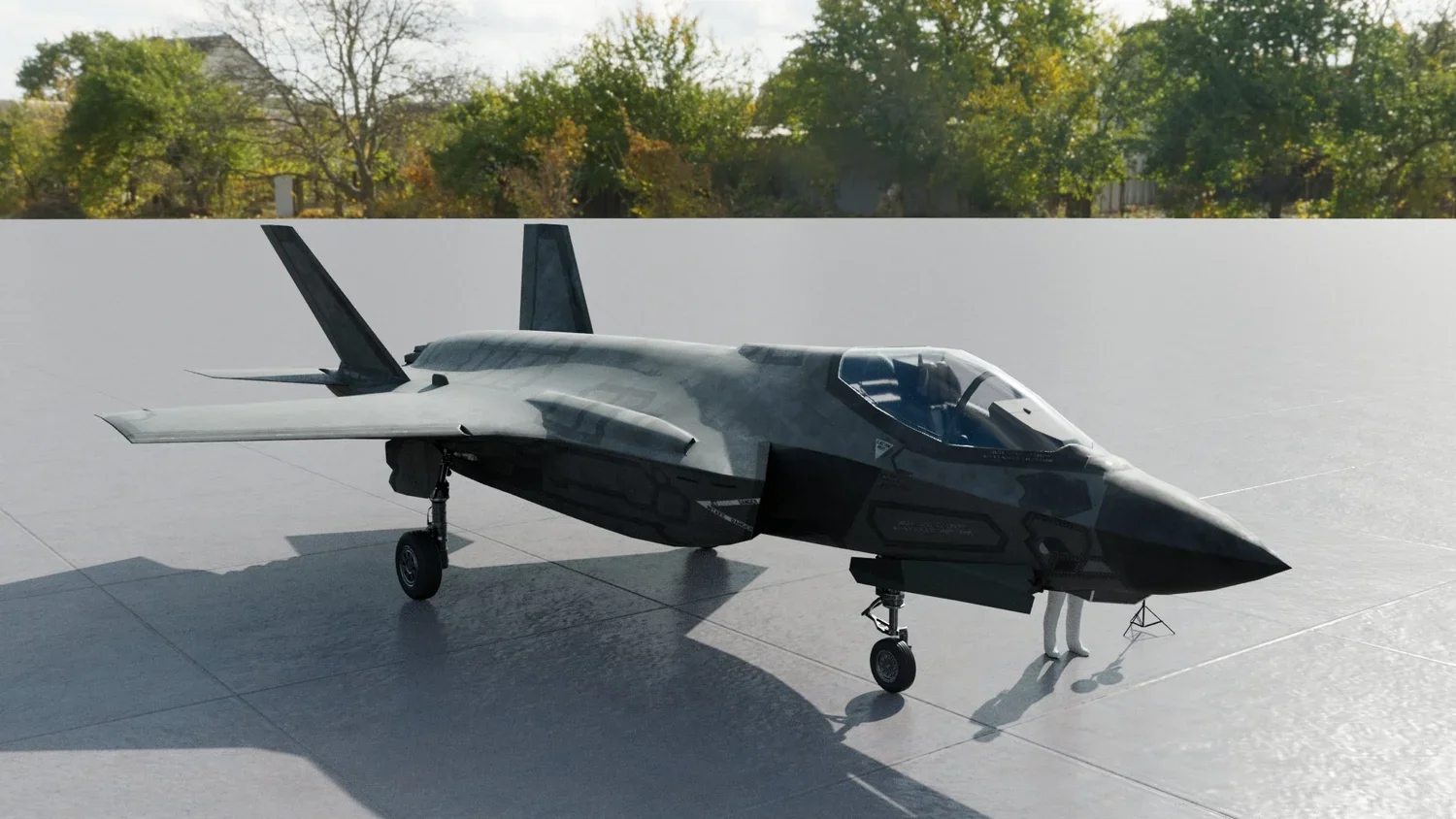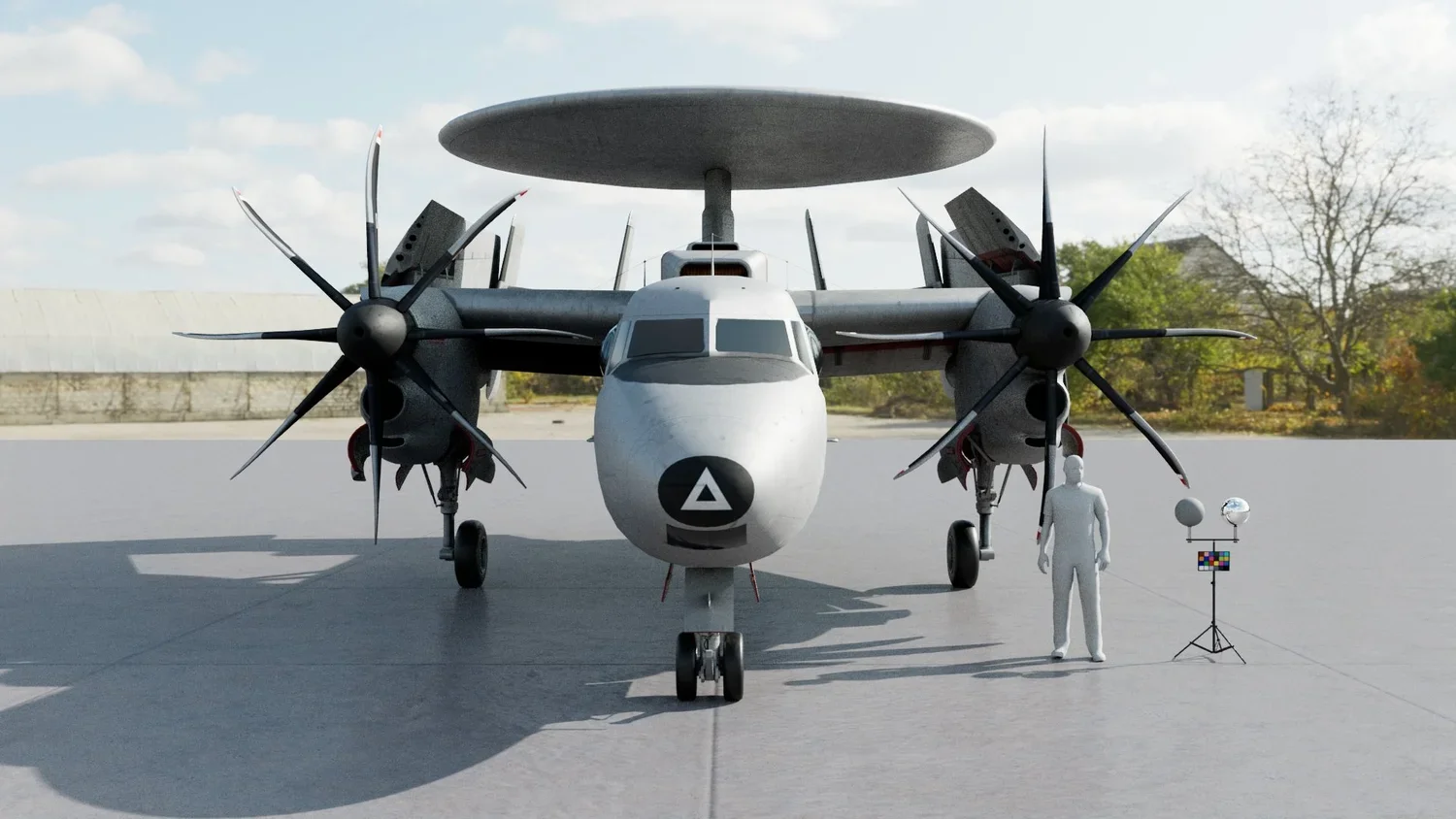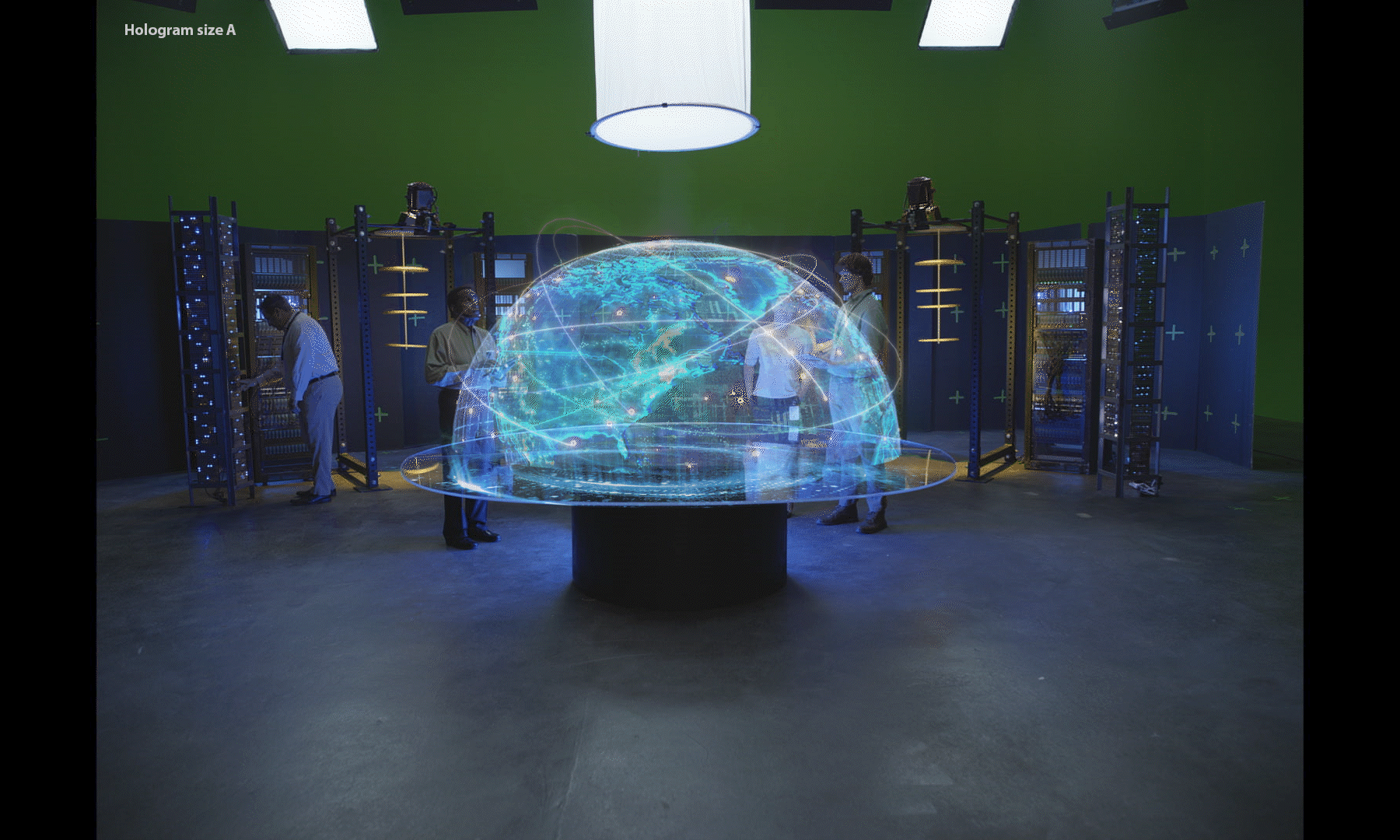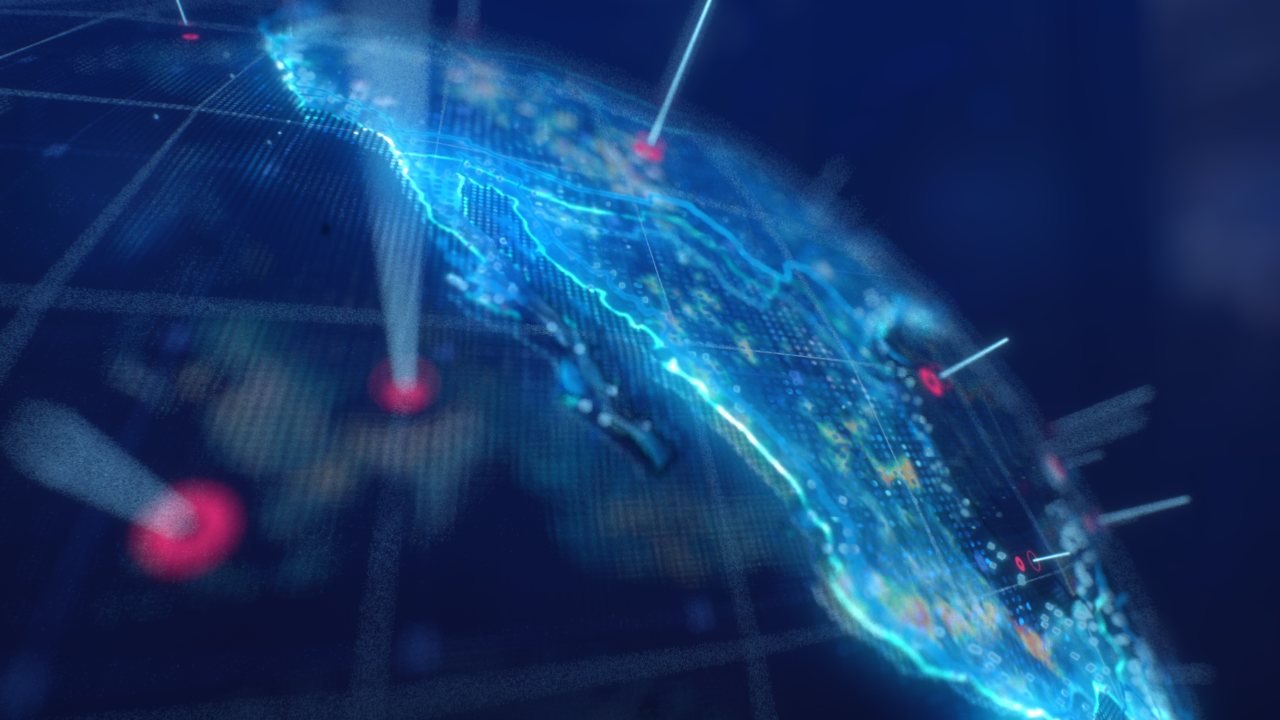Northrop Grumman
TVCs & LinkedIn Series
In collaboration with Dentsu Creative, we introduce prospective talent and the everyman to aerospace and defense company Northrop Grumman. The spots, titled "Welcome to Northrop Grumman", are part of a larger push by the company to attract young, top tier talent. Co-directed by Jay Harwood and Tim Abshire, the spots give a glimpse of life inside the company as you, the viewer, are shown around Northrop Grumman's amazing facilities. In the first person POV, you see that at Northrop Grumman, you can make the impossible possible.
Pitch Storyboards
In our pitch, we focused on how we could really excite viewers -- It's a normal day at the office, but when that office is extraordinary, everything gets taken up a notch. One scene centers on an elevator opening into a bustling hangar filled with Northrop Grumman aircraft, with models from the present day, as well as the not-so-distant future.
Pre-Production Style Frames
We created style frames to show what each scene would look like. Northrop Grumman is on the cutting edge of technology -- satellites, aircraft, underwater machinery and more. The settings were created using varied techniques; some were practical set builds, to be captured during our 4-day shoot in LA, and some were created in post.
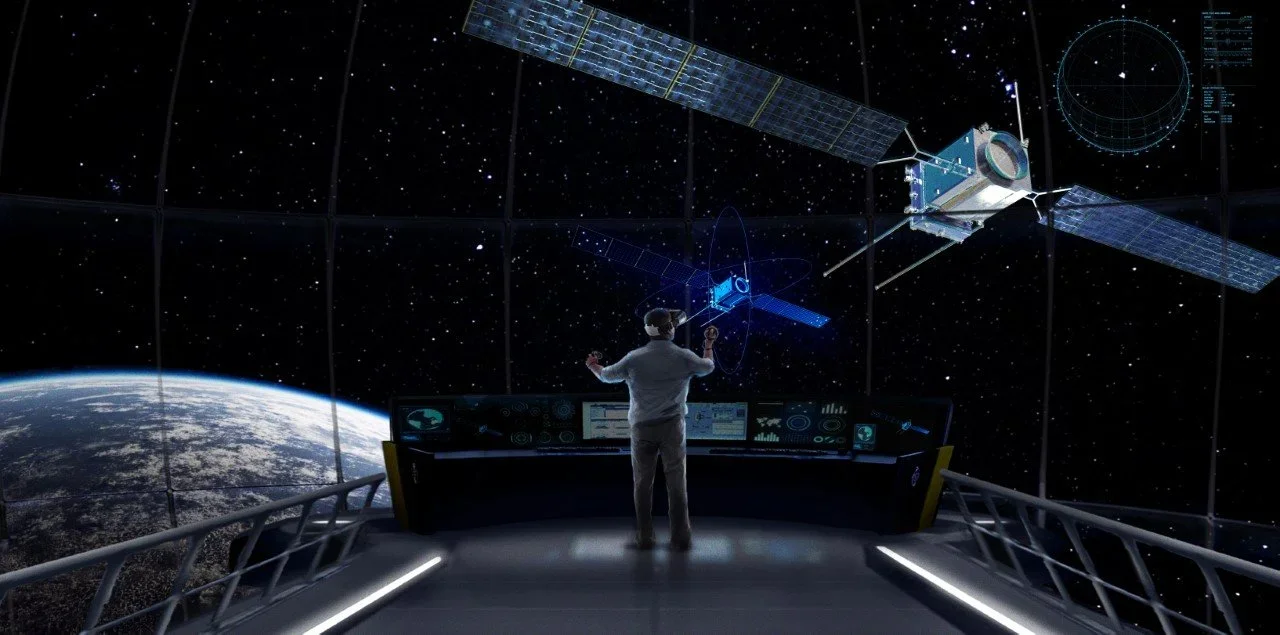
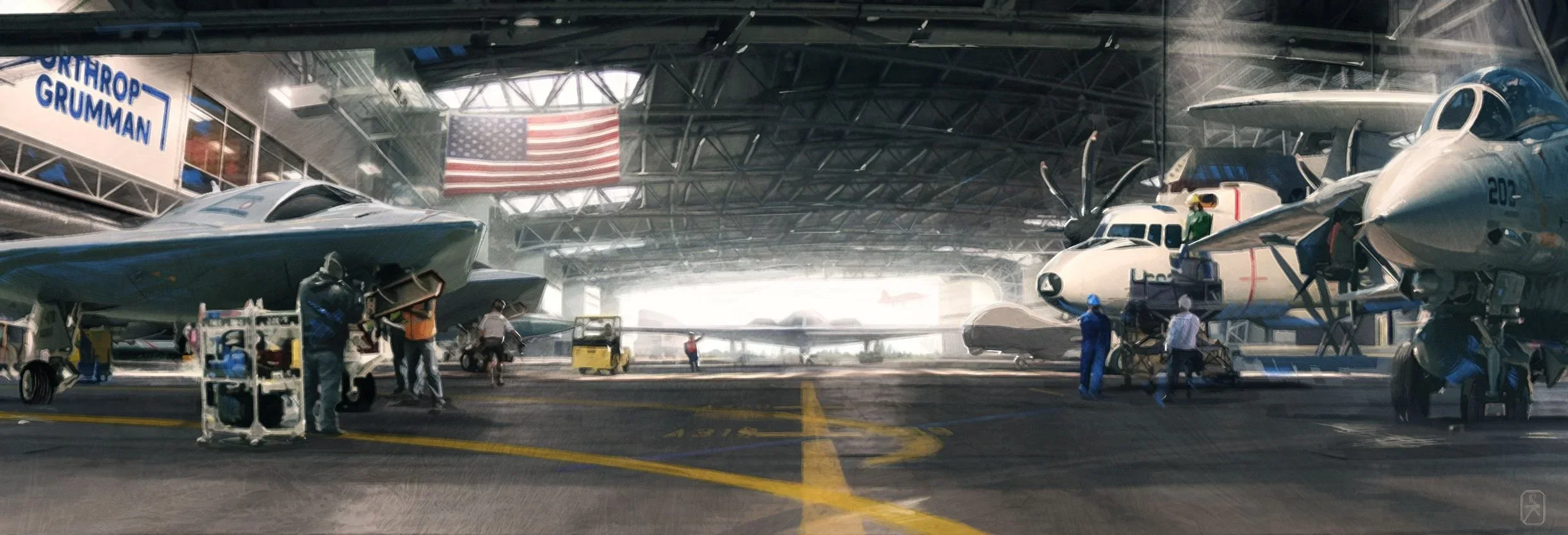

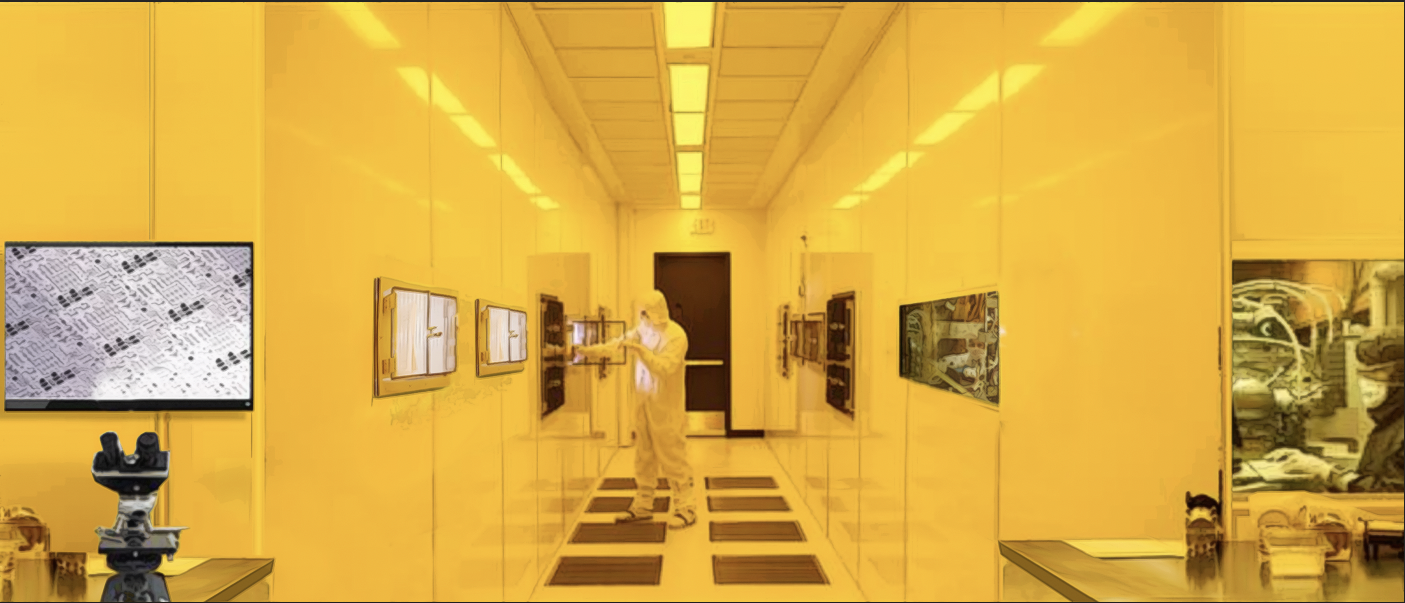
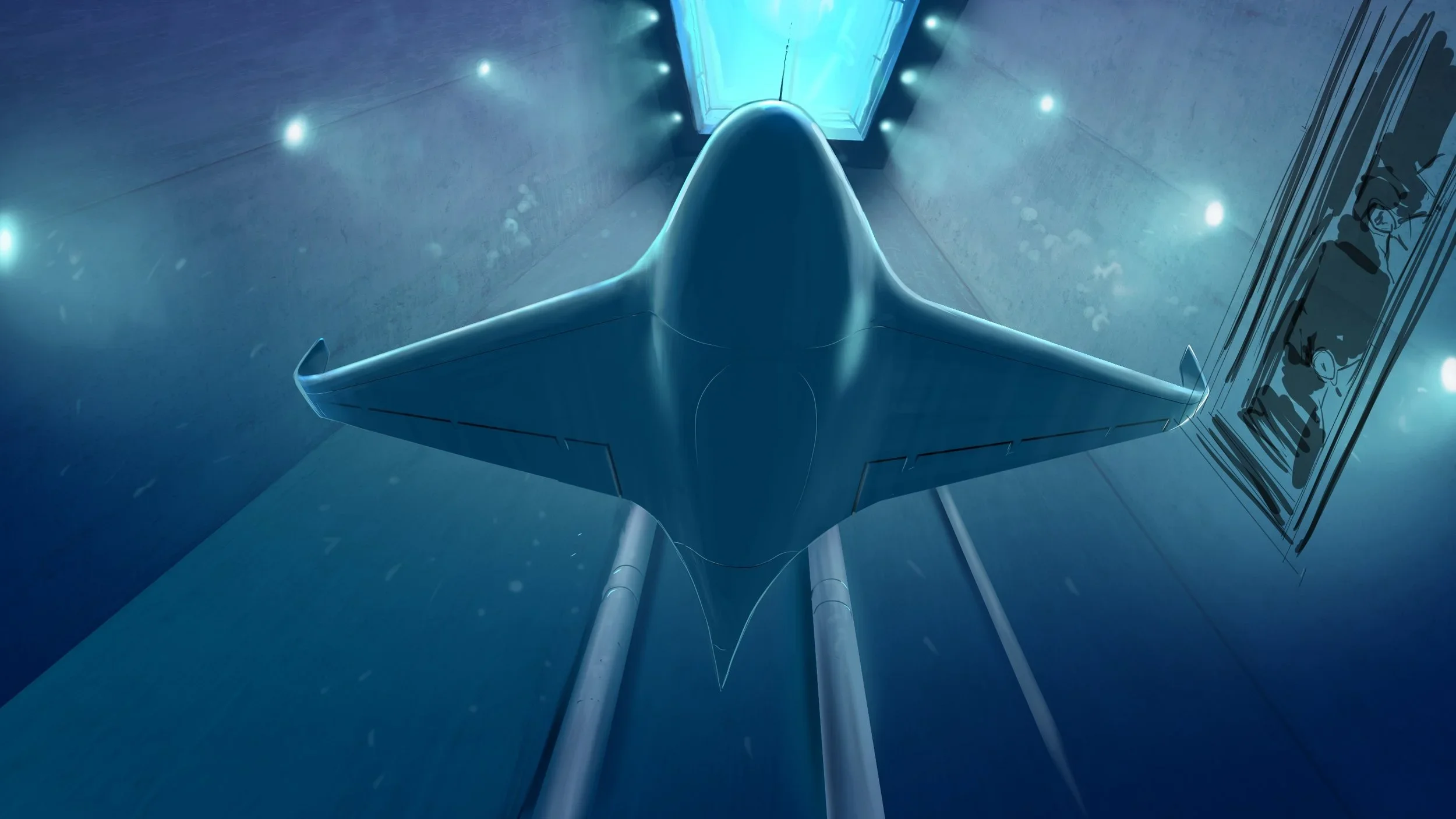
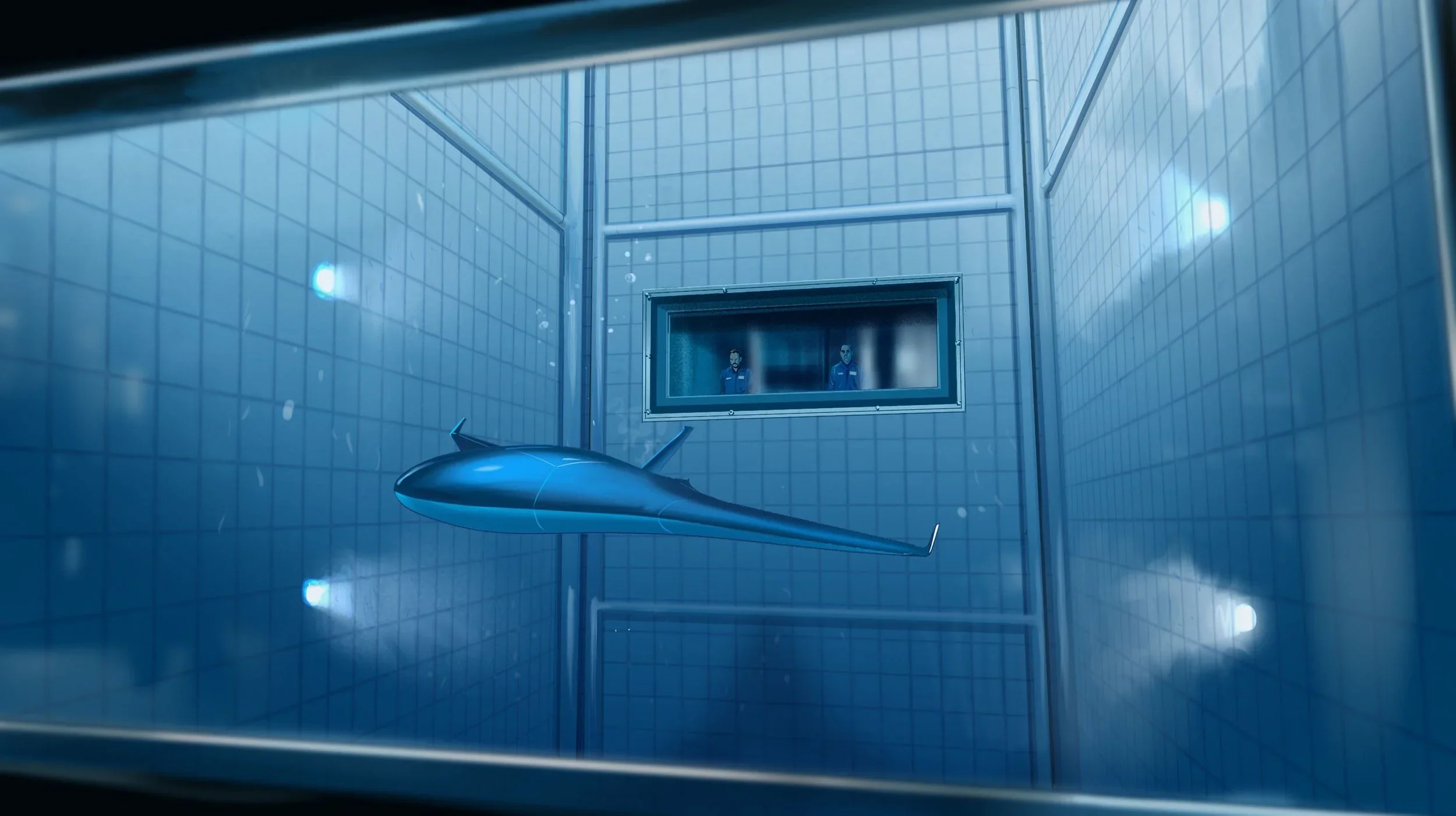
Pre-Production Previz
Given the sensitive nature of their work, we had limited access to Northrop Grumman's facilities. One room only allowed five people inside at a time, who go through a sterilization process when entering, and allowed no lighting equipment. Locations like this, and others, were therefore built entirely in CGI. Set builds occurred for others, such as the room with the microscope; we extended the corridor and modified the interior of the room. In the final spots, some rooms are CGI, some were set builds, and some are a mix.
Pre-Production CGI Model
Each CGI model was built from only a high-level description of each aircraft, machine, etc. There are no photographs, allowing us to use our imaginations to create the CGI models. In the hangar sequence, some aircraft don't exist yet; they are projections of what could be. The aircraft are arranged strategically (at a certain angle, partially covered, or in shadow) for secrecy.
Production Design Development
Final
These videos are the first of our work with Northrop Grumman and Dentsu Creative, showing how Northrop Grumman "makes the impossible possible." This too was our approach to production; seamlessly mixing live action, CGI and VFX, as well as handling all elements from design to shoot.
Final LinkedIn Series
Previously conservative with advertising, Northrop Grumman wanted to do things differently to attract young talent; thus :15 sec comedy sketches were conceived to roll out on LinkedIn. Tim Abshire, a longtime collaborator of Taylor James, directed the videos as our creative director Jay Harwood led the design and VFX. Their collaborative directing approach enhanced the end result -- creating the extraordinary is an ordinary day at Northrop Grumman.



